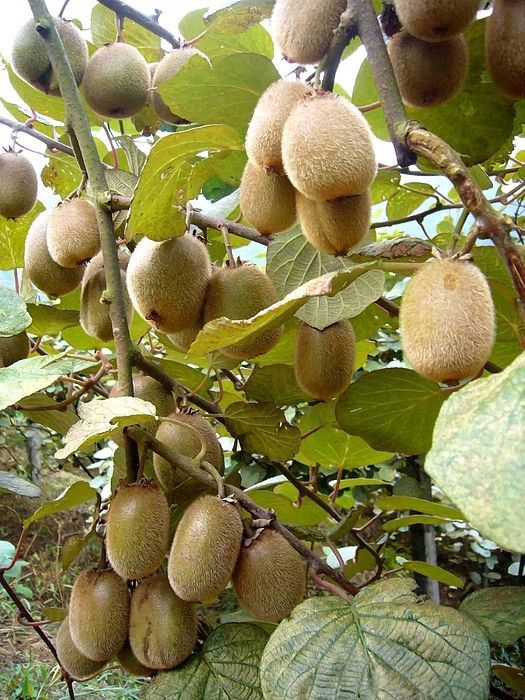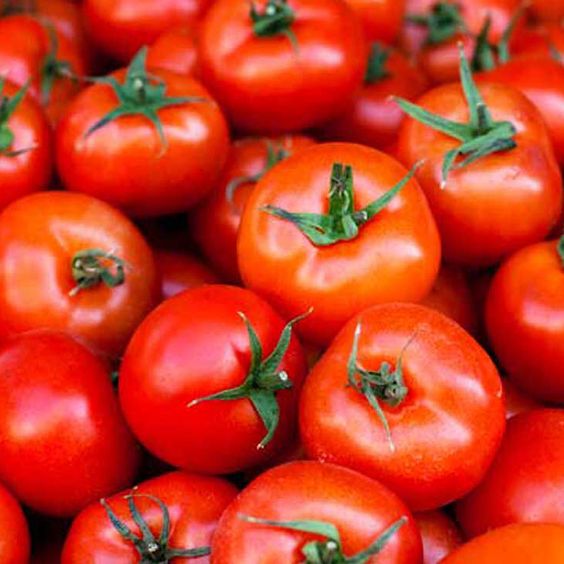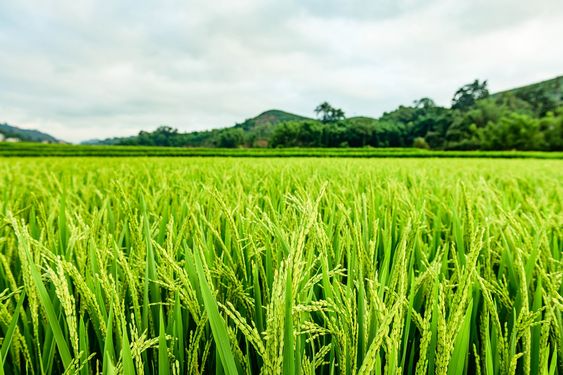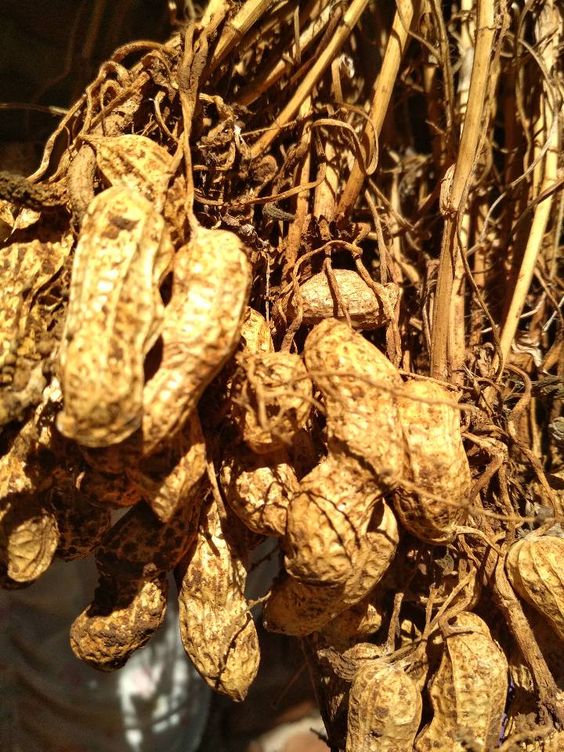Kiwi Farming: Comprehensive Guide to Cultivating, Managing, and Profiting from Kiwi Orchards
Kiwi farming has become an attractive option for many growers due to the fruit’s unique flavor, nutritional benefits, and increasing market demand. This in-depth guide covers all aspects of kiwi cultivation, from the basics of farming to advanced techniques, benefits, goals, ideas, and strategies for success.The kiwi, also known as the Chinese gooseberry, is a small, brown, fuzzy fruit with a bright green interior and tiny black seeds. It has a distinctive sweet-tart flavor and is celebrated for its rich nutritional profile.
Growing kiwi offers a profitable opportunity for farmers due to its high market value and numerous health benefits. However, successful kiwi cultivation requires specific climatic conditions, soil types, and farming practices to maximize yield and fruit quality.
Contents
Benefits of Kiwi Farming
1. Nutritional Value
Kiwi is a nutritional powerhouse. It is rich in vitamin C, vitamin K, vitamin E, potassium, and dietary fiber. A single kiwi can provide more vitamin C than an orange, supporting immune health and overall wellness. Its high antioxidant content helps combat oxidative stress, while the fiber aids in digestion and promotes heart health.
2. Market Demand
The demand for kiwi has been steadily increasing as consumers seek out healthy, exotic fruits. The global market for kiwi is expanding, driven by rising health awareness and the fruit’s versatility in culinary applications. Kiwi is used in salads, desserts, smoothies, and as a garnish, making it a valuable addition to any fruit grower’s offerings.
3. Economic Potential
Kiwi farming can be highly profitable. With proper management and cultivation techniques, kiwi orchards can produce high yields and command premium prices. The fruit’s long shelf life and ability to be stored and transported over long distances further enhance its economic value.
4. Crop Rotation and Soil Health
Incorporating kiwi into a crop rotation system can benefit soil health. Kiwi plants have deep roots that help improve soil structure and reduce erosion. This contributes to sustainable farming practices and supports overall soil fertility, making kiwi a valuable component in diverse agricultural systems.
5. Environmental Benefits
Kiwi farming can contribute to biodiversity. Planting kiwi vines can create habitats for various species, including beneficial insects and wildlife. Additionally, integrating kiwi cultivation into organic farming systems promotes environmentally friendly practices, reducing reliance on synthetic chemicals and supporting ecological balance.

Goals of Kiwi Farming
1. Maximizing Yield
Achieving high fruit yields is a primary goal for kiwi farmers. This involves selecting the right kiwi varieties, optimizing growing conditions, and implementing effective management practices. High yields contribute to better profitability and sustainability of the farming operation.
2. Ensuring Fruit Quality
Maintaining high fruit quality is crucial for market success. Goals include producing kiwi with the desired size, color, flavor, and texture. Proper harvesting techniques and post-harvest handling are essential to preserve fruit quality and meet market standards.
3. Achieving Sustainable Practices
Sustainability is increasingly important in agriculture. Kiwi farmers aim to implement practices that minimize environmental impact, conserve resources, and promote long-term viability. Sustainable farming practices include efficient water use, soil conservation, and organic pest management.
4. Expanding Market Reach
Exploring new markets and expanding distribution channels can enhance profitability. Kiwi farmers may set goals to access international markets, diversify their product offerings, and build strong relationships with buyers and distributors.
5. Improving Farm Efficiency
Efficiency in kiwi farming involves optimizing resource use, reducing waste, and streamlining operations. Goals include improving irrigation systems, enhancing pest and disease management, and adopting innovative technologies to increase overall farm productivity.
Key Ideas for Successful Kiwi Farming
1. Selecting the Right Variety
Choosing the appropriate kiwi variety is crucial for successful cultivation. Consider factors such as climate, soil type, and desired fruit characteristics when selecting varieties. Popular kiwi varieties include:
- Hayward: The most common variety, known for its large size, sweet flavor, and green flesh.
- Hardy Kiwi: A smaller, smooth-skinned variety that is more cold-tolerant and can be eaten without peeling.
- Arctic Kiwi: Another cold-hardy variety with a smaller size and unique flavor.
2. Site Selection and Preparation
Kiwi plants require specific growing conditions. Select a site with well-drained soil, full sun exposure, and protection from strong winds. Conduct soil tests to determine pH and nutrient levels. Prepare the site by clearing debris, improving soil structure, and implementing appropriate irrigation systems. Ensure good air circulation around the vines to reduce the risk of disease.
3. Planting and Training
Plant kiwi vines in rows with adequate spacing to allow for growth and air circulation. Use training systems such as trellises or arbors to support the vines and facilitate harvesting. Proper training helps improve fruit quality and simplifies maintenance tasks. Training systems also allow for better management of pests and diseases.
4. Irrigation and Fertilization
Implement an efficient irrigation system to provide consistent moisture to kiwi plants. Drip irrigation is often preferred as it minimizes water wastage and delivers water directly to the root zone. Fertilize kiwi plants with a balanced nutrient mix, adjusting the formulation based on soil tests and plant growth stages. Regular soil and leaf analyses can help fine-tune fertilization practices.
5. Pest and Disease Management
Monitor kiwi plants for common pests such as aphids, scale insects, and mites. Implement integrated pest management (IPM) practices to control pests while minimizing chemical use. Employ cultural practices like crop rotation, proper pruning, and the use of pest-resistant varieties. Address diseases such as powdery mildew, root rot, and bacterial canker promptly with appropriate treatments.
6. Harvesting and Post-Harvest Care
Harvest kiwi when the fruit reaches full size and begins to soften slightly. Handle the fruit carefully to avoid bruising and damage. Post-harvest, store kiwi at the appropriate temperature and humidity to extend shelf life. Proper packaging and transportation are essential to maintain fruit quality during distribution.
7. Marketing and Sales
Develop a marketing strategy to promote your kiwi. Explore various sales channels such as local farmers’ markets, grocery stores, and online platforms. Highlight the unique qualities and health benefits of your kiwi to attract consumers. Building strong relationships with buyers and distributors can help secure better market access and pricing.
8. Embracing Technology
Incorporate technology to enhance farming practices. Use sensors and data analytics to monitor soil moisture, weather conditions, and plant health. Advanced technologies such as precision agriculture tools and automated irrigation systems can help optimize resource use and improve farm efficiency.

Topic Suggestions for Further Research
1. Advances in Kiwi Breeding
Research ongoing advancements in kiwi breeding, including the development of new varieties with improved disease resistance, better flavor profiles, or enhanced growth characteristics. Breeding programs may offer new opportunities for growers to meet market demands and address challenges.
2. Climate Change Impact
Investigate how climate change affects kiwi farming, including shifts in suitable growing regions, changes in pest and disease patterns, and adaptations needed to cope with new conditions. Understanding these impacts can help farmers prepare and adjust their practices accordingly.
3. Organic Kiwi Farming
Examine the practices and benefits of organic kiwi farming. Research organic pest management techniques, soil fertility methods, and certification requirements. Organic kiwi farming supports environmentally friendly practices and meets the growing consumer demand for organic produce.
4. Post-Harvest Technologies
Explore advancements in post-harvest handling and storage technologies. Innovations in packaging, refrigeration, and transportation can help extend kiwi shelf life, reduce waste, and improve product quality during distribution.
5. Global Market Trends
Analyze global market trends and consumer preferences for kiwi. Understanding market dynamics, including regional preferences and emerging trends, can help farmers make informed decisions about production, marketing, and export opportunities.
6. Soil Health and Kiwi Farming
Research soil health management practices specific to kiwi farming. Explore techniques for improving soil fertility, preventing erosion, and maintaining optimal growing conditions. Healthy soil is crucial for successful kiwi cultivation and long-term farm sustainability.
7. Integrated Pest Management (IPM) Strategies
Study effective IPM strategies for kiwi pests and diseases. Research methods for biological control, cultural practices, and environmentally friendly pest management options. Implementing IPM strategies can help reduce chemical use and promote sustainable farming practices.
8. Economic Analysis of Kiwi Farming
Conduct an economic analysis of kiwi farming, including cost of production, return on investment, and financial planning. Understanding the economic aspects of kiwi farming can help farmers make informed decisions and improve the profitability of their operations.

Advantages of Kiwi Farming
1. High Profit Potential
Kiwi farming offers significant profit potential due to the fruit’s high market value and growing demand. Successful kiwi orchards can yield substantial returns on investment, making it a financially rewarding agricultural venture.
2. Diverse Cultivation Opportunities
Kiwi can be grown in various regions with suitable climates, providing opportunities for farmers in different parts of the world. Advances in breeding and cultivation techniques have expanded the range of viable growing areas, making kiwi farming accessible to more growers.
3. Health and Wellness Appeal
The nutritional benefits of kiwi contribute to its popularity among health-conscious consumers. Farmers can leverage the health appeal of kiwi to market their products and attract customers seeking nutritious and exotic fruits.
4. Long-Term Viability
Kiwi vines have a long productive lifespan, offering sustained yields over many years. With proper care and management, kiwi farming can be a stable and long-term agricultural endeavor, providing consistent returns and supporting farm sustainability.
5. Innovation and Research Opportunities
Ongoing research and innovation in kiwi farming provide opportunities for growers to adopt new techniques, improve practices, and stay competitive in the market. Engaging with research and development can lead to better farming outcomes and increased profitability.
6. Contribution to Biodiversity
Kiwi farming can contribute to biodiversity by providing habitat for various species and integrating with other agricultural practices. Sustainable farming practices support environmental conservation and ecosystem health, making kiwi farming a valuable component of diverse agricultural systems.
1. Precision Agriculture
Precision agriculture involves using advanced technology to optimize crop management and improve efficiency. For kiwi farming, this includes:
- Soil Sensors: These devices monitor soil moisture levels, nutrient content, and pH, helping farmers make data-driven decisions about irrigation and fertilization. This targeted approach can enhance plant health and yield while minimizing resource use.
- Weather Stations: On-site weather stations provide real-time data on temperature, humidity, and precipitation. This information helps in making timely decisions about irrigation, frost protection, and pest management.
- Drones: Drones can be used to survey kiwi orchards, providing aerial views that assist in monitoring plant health, detecting pests or diseases, and assessing crop conditions. This technology allows for efficient and comprehensive management of large areas.
2. Soil Management Practices
Healthy soil is critical for successful kiwi farming. Implementing advanced soil management practices can improve soil fertility and structure:
- Cover Crops: Planting cover crops such as legumes or grasses during the off-season can enhance soil fertility, reduce erosion, and improve organic matter content. These crops also help in weed control and pest management.
- Soil Amendments: Regularly applying organic matter, such as compost or well-rotted manure, can improve soil structure and nutrient availability. Soil amendments also support beneficial microbial activity and enhance plant growth.
- No-Till Farming: Reducing or eliminating tillage helps preserve soil structure, prevent erosion, and maintain moisture levels. No-till practices can improve soil health and reduce labor costs associated with land preparation.
3. Innovative Irrigation Systems
Efficient irrigation is crucial for optimal kiwi growth. Innovative irrigation systems can help manage water resources effectively:
- Drip Irrigation: This system delivers water directly to the root zone of kiwi plants, reducing water wastage and ensuring consistent moisture. Drip irrigation is especially useful in regions with limited water availability.
- Rainwater Harvesting: Collecting and storing rainwater for irrigation can reduce reliance on municipal water supplies and lower costs. Rainwater harvesting systems can be integrated with existing irrigation setups to provide a sustainable water source.
- Automated Irrigation Controls: Integrating automated controls with irrigation systems allows for precise scheduling based on weather data and soil moisture levels. This technology can optimize water use and improve overall irrigation efficiency.
Kiwi farming presents a rewarding opportunity for growers who are willing to invest in the necessary knowledge, resources, and practices to cultivate this unique and nutritious fruit. By understanding the essential aspects of kiwi cultivation, including site selection, planting, irrigation, pest management, and post-harvest care, farmers can achieve successful and profitable kiwi production.
As the global demand for kiwi continues to rise, embracing innovative techniques, sustainable practices, and effective marketing strategies will be key to thriving in the competitive kiwi market. With careful planning, dedication, and a commitment to excellence, kiwi farming can be a fulfilling and economically viable agricultural endeavor that contributes to the health and enjoyment of consumers worldwide.




